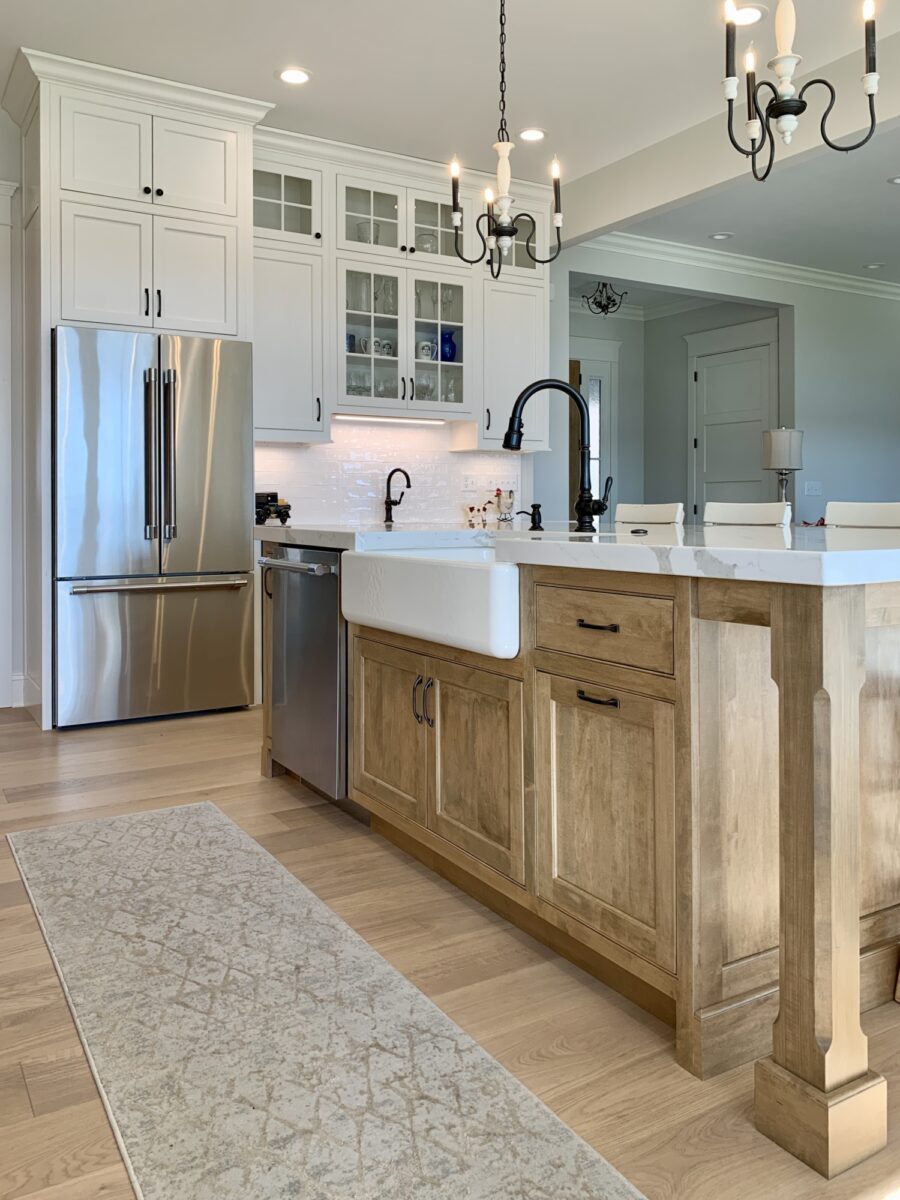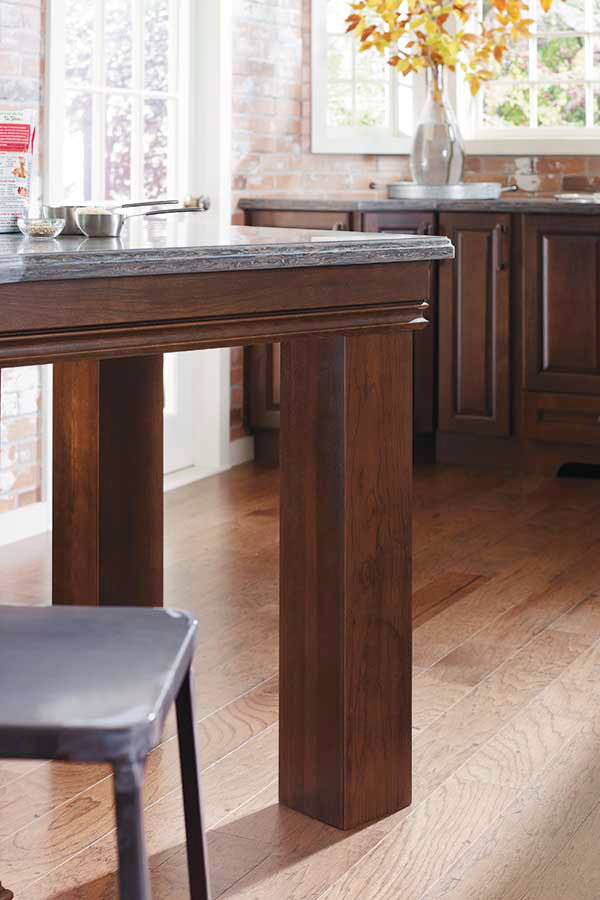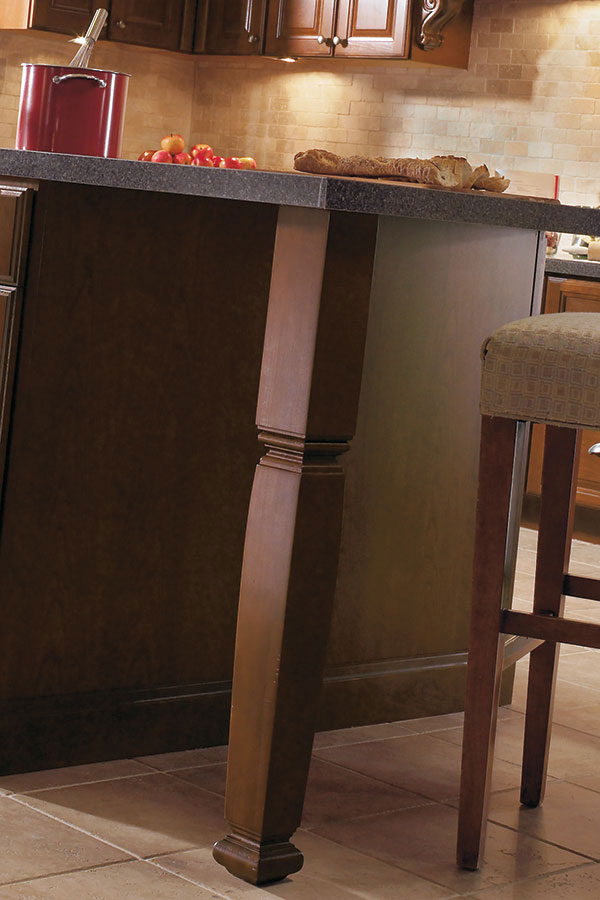Important Tips for Picking the Perfect Table for Your Kitchen Area
Choosing the best table for your kitchen area is greater than just an issue of taste; it necessitates a comprehensive understanding of your area and needs. Begin by gauging your available area to guarantee sufficient clearance for motion. The form of the table plays an essential function; while rectangle-shaped tables match bigger areas, round ones foster affection, and extendable choices offer adaptability. Material choice is just as important, with hardwoods giving toughness and glass financing a modern-day touch. Lastly, the table ought to balance with your kitchen's visual appeals and suit your household easily. What other variables might influence this vital decision?
Step Your Area
Selecting the perfect dining table begins with a precise evaluation of your available space. This foundational step ensures that the table not only fits comfortably within the area yet additionally enhances the general design and performance of your dining area.
It is crucial to leave appropriate area for chairs to be pulled out and for individuals to move around the table without blockage. A basic guideline of thumb is to permit at the very least 36 inches of clearance from the edge of the table to the local wall surface or piece of furnishings.
In addition, think concerning the number of individuals you usually entertain and whether you require extra area for visitors. Going with an extendable table can provide versatility, allowing you to fit differing numbers of restaurants. By accurately determining your room, you prepared for picking a table that improves both the looks and functionality of your eating location.
Pick the Right Shape

On the other hand, round tables are exceptional for smaller kitchens or intimate events, as they advertise conversation by enabling everybody to encounter each other. They likewise supply a feeling of coziness and can fit well in tighter areas because of their absence of sharp edges. Oval tables provide the ideal of both globes, combining the length of rectangle-shaped tables with the affection of rounded ones, making them functional for various settings.
Square tables are one more alternative, specifically suited for square-shaped rooms. They produce a contemporary and balanced appearance, cultivating an equivalent eating experience for all seated. However, they may be less practical for larger gatherings unless they include extensions. Ultimately, the shape you choose ought to align with your room dimensions and lifestyle to ensure both form and function.
Product Considerations
When choosing a dining table, product factors to consider are vital in figuring out the table's longevity, upkeep requirements, and overall aesthetic. Timber is a traditional option, providing timeless allure and effectiveness. Hardwoods like walnut, mahogany, and oak are specifically resilient, though they can be costly. kitchen island legs. Softwoods, such as ache, are a lot more affordable yet may be vulnerable to damages and scratches.
Glass-topped tables supply a modern-day, streamlined look and can make an area show up larger because of their openness. Nevertheless, they call for constant cleansing to stop spots and fingerprints. In addition, tempered glass is advised for its added stamina and security.

Finally, composite materials like MDF (Medium-Density Fiber board) or plywood are economical options. These materials can simulate the appearance of solid wood but might not offer the very same longevity. They are generally simpler to tidy but can be vulnerable to water damage if not effectively sealed.
Ultimately, the choice of product ought to line up with your kitchen's style, your way of life requires, and your budget constraints. (kitchen island legs)
Seats Capability and Convenience
Just how do you identify the best seating capacity and comfort for your eating table? For a household of 4, a rectangle-shaped table of 48 inches long or a round table with a 48-inch size is generally sufficient.
The height of the table ought to ideally be around 30 inches, providing a balanced ergonomic stance for seated restaurants. Chairs must have a seat elevation of 18 to 20 inches to make certain a comfy eating posture.
Style and Looks
Choosing a table that matches your design and aesthetic appeal entails stabilizing individual preference with the existing style of your dining room. The table is often the focal point of the cooking area, and its style must match the general theme of the room. Whether your cooking area boasts a modern-day, minimalist look browse this site or a rustic, farmhouse charm, the table you select should balance with these components to create a cohesive and inviting environment.
Consider products meticulously; wood provides an ageless allure and can range from abundant mahogany for a traditional aim to lighter oak for a contemporary feel. Metal and glass tables, on the other hand, can introduce a sleek, industrial side to your cooking area. Do not forget the table's form-- rectangle-shaped tables are functional and classic, while round and oblong alternatives can cultivate a much more intimate dining experience.
Additionally, pay very close attention to details and surfaces. A troubled coating may include character and warmth, whereas a glossy surface can add to a clean, contemporary visual. Inevitably, your eating table must not just in shape perfectly into your cooking area's design yet additionally show your personal style, elevating the space both functionally and aesthetically.
Final Thought
In verdict, selecting the ideal table for a kitchen area demands mindful assessment of room, shape, material, seating capacity, and aesthetic consistency. Guaranteeing a minimal clearance of 36 inches helps with comfortable motion, while the selection of shape boosts spatial characteristics. Product selection impacts longevity and layout, making it essential to straighten with the kitchen area's total visual. Eventually, a well-chosen table cultivates an inviting atmosphere and accommodates the family pleasantly, therefore boosting the dining experience.

When picking an eating table, product factors to consider are paramount in figuring out the table's toughness, upkeep demands, and general aesthetic. For a family members of four, a rectangular table of 48 inches long or a round table with a 48-inch size is generally enough.
Don't forget the table's learn the facts here now shape-- rectangle-shaped tables are functional and classic, while round and oblong options can foster an extra intimate eating experience. kitchen island legs.